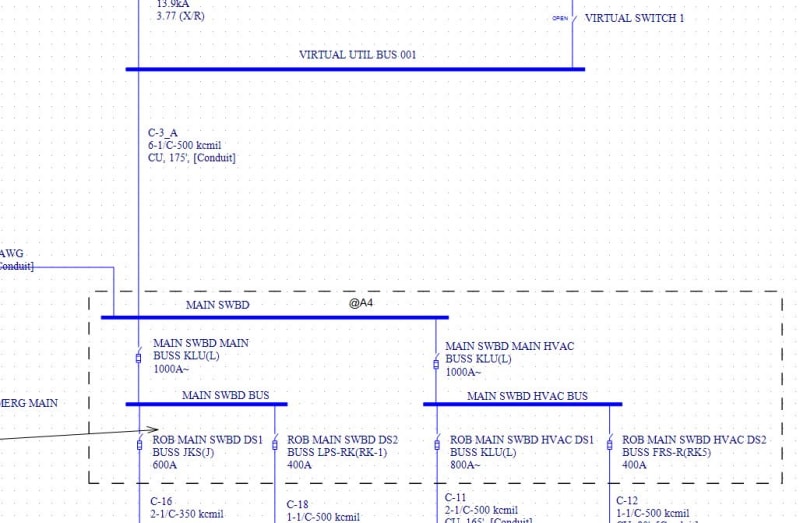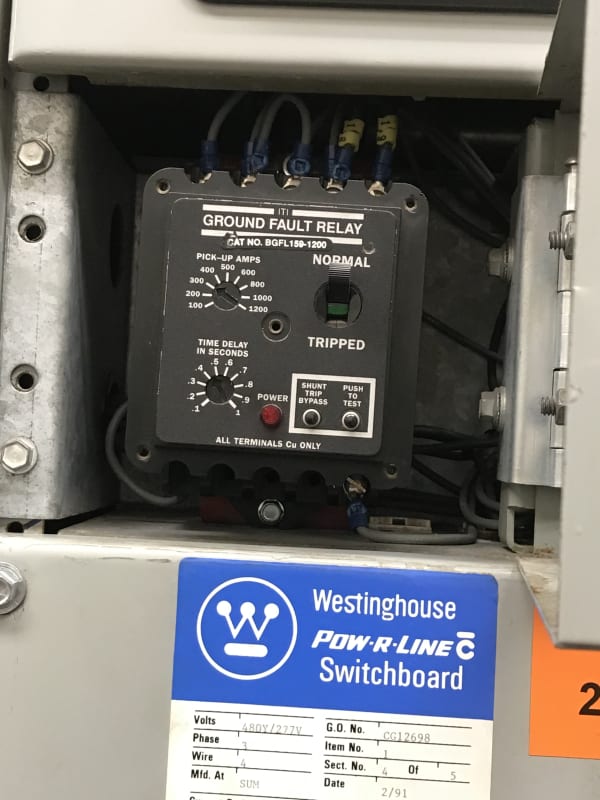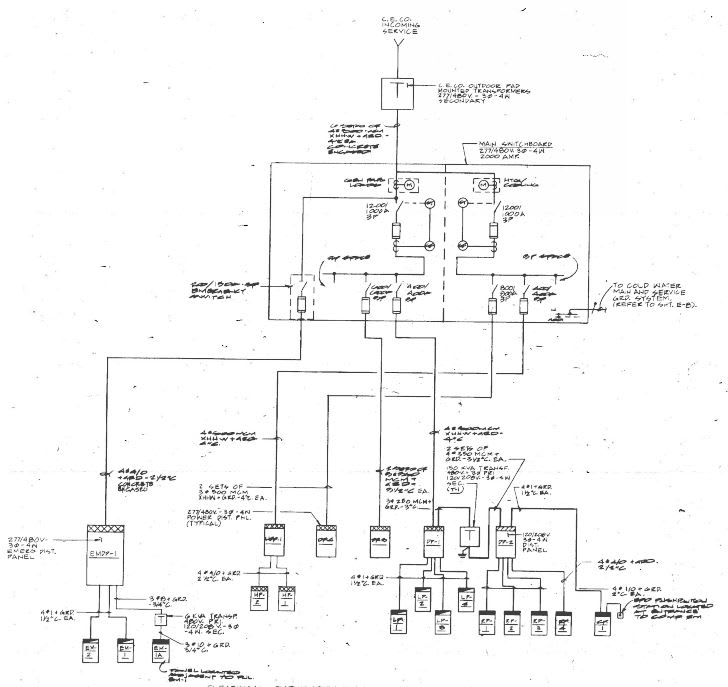There's a 480Y/277V utility feed coming into a plant's switchboard. It divides between two 1000A Pringle Switches that serve as the Mains to the distribution panels.
They are coupled together. There's a ground relay set to 300A, .4 seconds on each 1000A main. Both are tripping - sporadically but at the same time when it happens.
It's tripped off once last month, once this month. It's reset and held.
There's obviously a ground fault, but who knows where.
Is there any advice we could offer, to try to make sure until they figure out exactly what's the issue, that it won't trip off ?

They are coupled together. There's a ground relay set to 300A, .4 seconds on each 1000A main. Both are tripping - sporadically but at the same time when it happens.
It's tripped off once last month, once this month. It's reset and held.
There's obviously a ground fault, but who knows where.
Is there any advice we could offer, to try to make sure until they figure out exactly what's the issue, that it won't trip off ?



